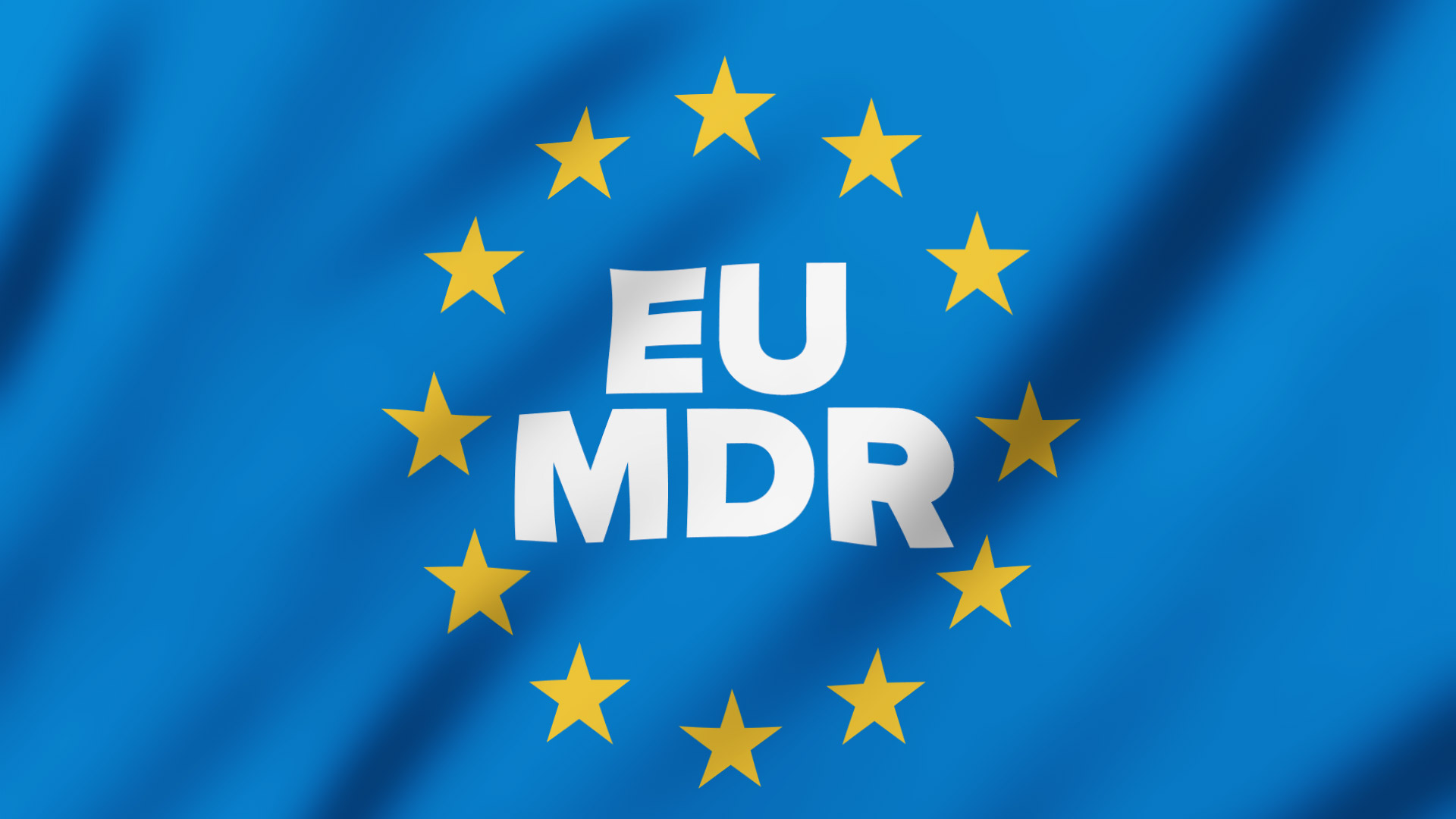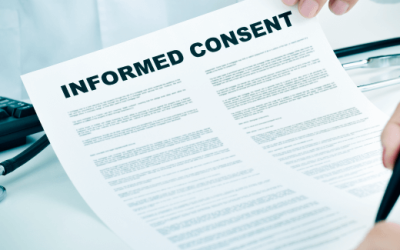So, four years after it entered into force, the Medical Devices Regulation (MDR) is now here. It became applicable on the 26 May 2021. The implementation has been slow, and it has been very frustrating for all those working in the Medical Device Industry, not knowing exactly what will change. Now the MDR has been introduced, those working in the industry need to ensure that they are compliant with the MDR.
The European Commission recently said that “the 26th of May is not an end date” and that is very true; as we have to come to the end of this transition period, companies will need to embrace this new guidance and make changes that will make them compliant moving forward.
What is the main focus of the MDR?
Well as was to be expected, it is patient safety and increased oversight for all Medical Devices. The new EU MDR contains 175 pages (in comparison to around 80 pages that were in the previous MDD and AIMDD), and contains a lot of references and complex annexes, so will take companies some time to digest and understand. This will be a challenging time for all companies, particularly for small Medical Device companies.
The MDR has a lot of focus on the post marketing phase, so unlike the MDD it looks more at what companies are required to do in their post-marketing phase to ensure their device remains safe and does what it claims to do.
The MDR is mandatory, to be followed by all Medical Device companies wanting to sell or distribute their device within the EU marketplace.
So why did the Medical Device Directive (MDD) need an update?
It is almost 20 years now since the MDD came into law. Technology has changed so much since then, a mobile phone was used purely to make calls and maybe take the odd photo, it certainly didn’t contain all the apps available today where individuals can monitor their own health and lifestyle. Software as a Medical Device (SaMD) was not heard of. Our population has grown, people are living for longer and there is now a greater demand for transparency around the devices we may use in our lives.
One of the reasons it is now much longer and more complex than the MDD is that the Active Implantable Medical Devices (AIMD) is now part of the new MDR, but in addition to that, there is a lot of new content that has been added for the first time.
Previously, the MDD was more like a guide for companies on how they could get their devices CE marked to be able to sell them on the EU Marketplace. The new MDR focuses more on the responsibilities that companies have for the whole device life cycle.
The MDR defines the term “Medical Device” as an “instrument, apparatus, appliance, software, implant, reagent, material, or other article” that is used for any of the following:
- Diagnosis, prevention, monitoring, treatment or alleviation of disease, disability, or injury, but not for disability or injury prevention
- Investigation, replacement, or modification of an anatomical, physiological, or pathological process
- Providing data via in-vitro examination of samples derived from a human body
This description covers a whole range of devices, but the MDR has also now included devices that previously would not have been classed as a Medical Device. Some examples of these are cosmetic contact lenses, liposuction devices, products used to sterilise or clean a Medical Device or devices that support healthcare, such as ovulation or conception.
It is important to understand the new classification of devices included in the MDR as Class I devices do not need to follow the same process of having a notified body approve their Quality Management System, but other classes do. Class I devices are defined further depending on if they are measurable or sterile. As as result of new devices being included (detailed in Annex XVI of the MDR), some companies will be subject to following device regulations for the first time.
What else has changed?
The new MDR now requires companies to have a Unique Device Identification (UDI). The intention of this is to ensure all devices sold within a region can be traced. Each device must be marked with a device indicator.
The MDR also now requires companies to establish and implement a Quality Management System (QMS). Many companies have been doing these over the last few years in preparation for the new MDR coming into place. As part of this QMS, it is vital that risk assessments are made for all new and existing devices. They must have a quality manual and written procedures in place.
So what now?
Companies have known about these changes since 2017 and any devices given a CE mark before the MDR was implemented will still have this for 5 years, however their compliance certificates will all become void on 25th May 2024. Now the MDR is implemented, and the transition period comes to an end, it is vital for all those working in the Medical Device industry, whether they be a Manufacturer, Distributor, Sponsor, Project Manager or Clinical Research Associate to ensure they are trained in the new MDR and understand all of its many implications.
Training Online 4U has developed a highly engaging, in depth and interactive Medical Devices course which is now updated to include the new MDR and will enable you to work in compliance with the Standards required.
See our website for more information.


